Top eCommerce mistakes to avoid

With a number of avid shoppers in the office (the DPD driver knows us all by name!), we’ve rounded up our key ecommerce grievances, set to send a customer running to your competitor:
Look and feel
First and foremost, the look and feel of your website should reflect the product you’re selling – if you’re selling high-end, premium products, your site needs to match.
Not having an SSL certificate
SSL certificates are the easiest way to provide assurance to your customers that you’re a valid retail provider and that any data provided, or payments taken are 100% secure - without one, customers will be wary of your site and highly likely to shop elsewhere.
Product pagination
Don’t be scared of listing multiple products and splitting these across pages – this will help with SEO and google ranking and remember, if a customer is looking for something in particular, they’ll be willing to browse or search for it.
Not having a search function
Unless you’re only selling a handful of products, include an easy to use search box which autocompletes as you type with suggestions to make it as easy and quick as possible.
Slow website
People are impatient; if the content doesn’t load quickly then prospective shoppers will leave and purchase items from somewhere else. A well written (from a behind the scenes / technology perspective) site will run quickly and keep customers happy.
Not having a ‘Save to favourites/for later option’
‘Save to favourites’ is an easy way to keep your audience engaged - quite often people browse for items only to return at a later date to purchase them. Save to favourites therefore has two-fold benefits – it allows you to capture customer information (as registration is required), but also means the customer can browse and then purchase at their convenience. It also offers a great way for you to remind users of items they’ve favourited via lifecycle emails.
Guest checkout
- Always make sure a speedy or guest checkout option is available – asking people to complete lengthy forms ahead of purchase is a sure-fire way to lose their custom.
- Post-purchase, users are statistically more likely to register or ‘save their details for later’ - including a ‘create an account’ option at the end of the purchase process is therefore a great way to capture customer information.
Not having postcode look-up
Customers are looking to purchase items as quickly and easily as possible. Asking them to complete lengthy address fields is not only frustrating but may force users to abandon the checkout process. Including a postcode look-up tool (which automatically completes the address fields) is therefore a must!
Not including the option to use the postal address as the billing address
Similar to the above, the aim is to make the checkout as streamlined and quick for the user as possible – adding the ability to use the same address for both billing and delivery is an easy way to speed things up.
Not including PayPal as a payment method
PayPal is a household name trusted by 17 million businesses worldwide (Expert Market, 2018). Whilst it does take the user away from the site, the payment process is quick and simple – allowing users with accounts to simply login and make a payment on the go (removing the need to dig-out a credit card!). It’s also a highly trusted payment gateway where customers are happy to spend their hard-earned cash through.
Not having a supporting app
Research shows that people spend 90% of their time on mobile apps when using a smartphone (YourStory, 2018); with app shoppers tending to spend and make more repeat purchases than mobile web shoppers (ZD Net, 2019). Having a supporting retail app will therefore not only help you to reach your maximum audience at all times, but could also lead to a higher basket value and repeat purchases.
Concerned about your eCommerce site or have questions for the team? Please do get in touch!
Share article:

16i x Spektrix | Partnership announced
We’re incredibly proud to become a certified Spektrix partner. Having worked with a variety of arts organisations over the years, we know how vital it is to connect digital platforms with the ticketing and CRM systems they rely on.
Read more
Spektrix: a detailed guide
Utilised by a global user-base, Spektrix has become the market leader in back office and digital marketing systems, primarily within the arts industry. This blog explores what it is, who uses it and most importantly, how it could benefit your business.
Read more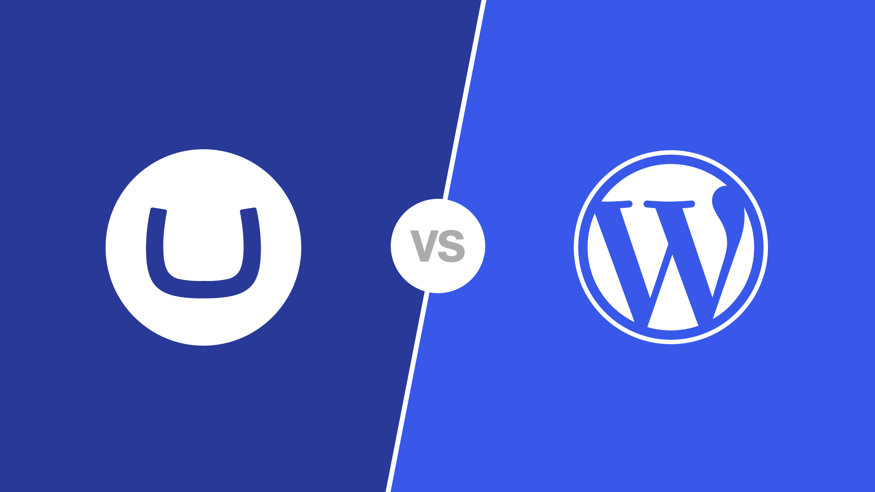
Umbraco vs WordPress: which CMS is right for you?
Choosing the right content management system (CMS) can significantly influence your digital presence, and with countless options available two names frequently stand out: Umbraco and WordPress - both platforms have loyal followings and solid reputations, but they serve different needs. This guide will help you understand the strengths and weaknesses of each.
Read more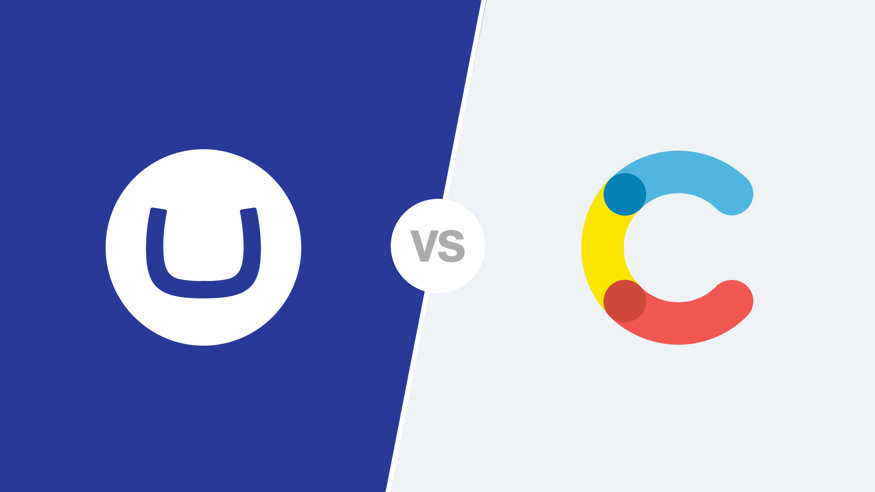
Umbraco vs. Contentful: choosing the right CMS for your project
Choosing the right content management system (CMS) can significantly influence your digital presence, and with countless options available two names frequently stand out: Umbraco and WordPress - both platforms have loyal followings and solid reputations, but they serve different needs. This guide will help you understand the strengths and weaknesses of each.
Read more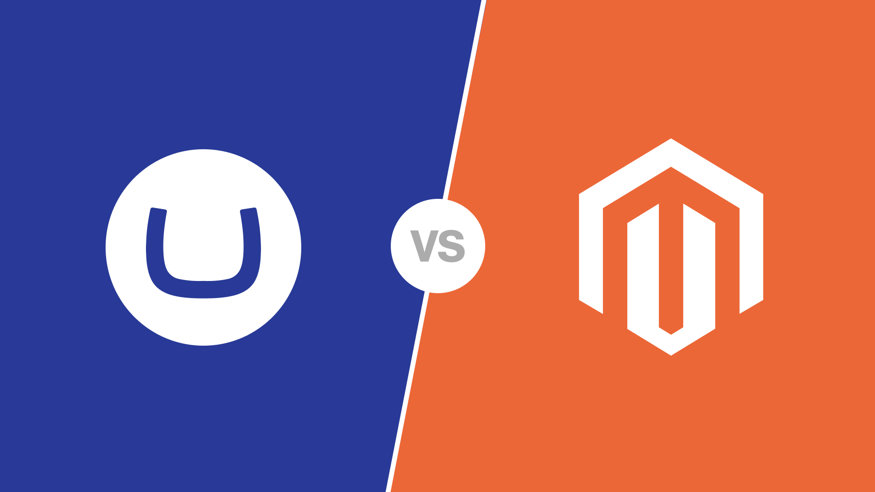
Umbraco vs. Magento: choosing the right platform for your website
With the ever-growing demands of digital strategy and user expectations, choosing the right content management system (CMS) or e-commerce platform can play a significant role in the success of both your website and overall online presence. Two popular choices - Umbraco and Magento, serve very different purposes. If you’re wondering which platform is right for your project, this comparison will help you understand their key differences, strengths, and ideal use cases.
Read more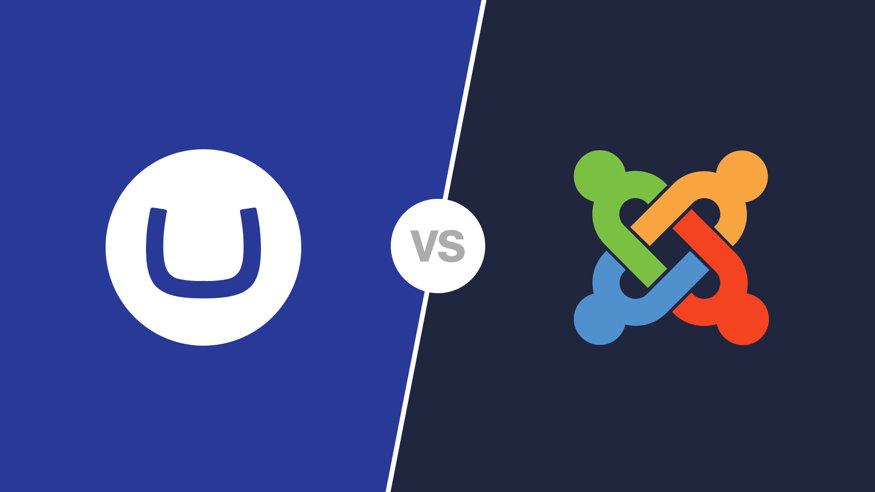
Umbraco vs Joomla: why Umbraco stands out for modern web development
Selecting the right content management system (CMS) for your website can be overwhelming, with several options available. Among the leaders, Umbraco and Joomla both have solid reputations and large user bases, with this comparison looking at the capabilities of each.
Read more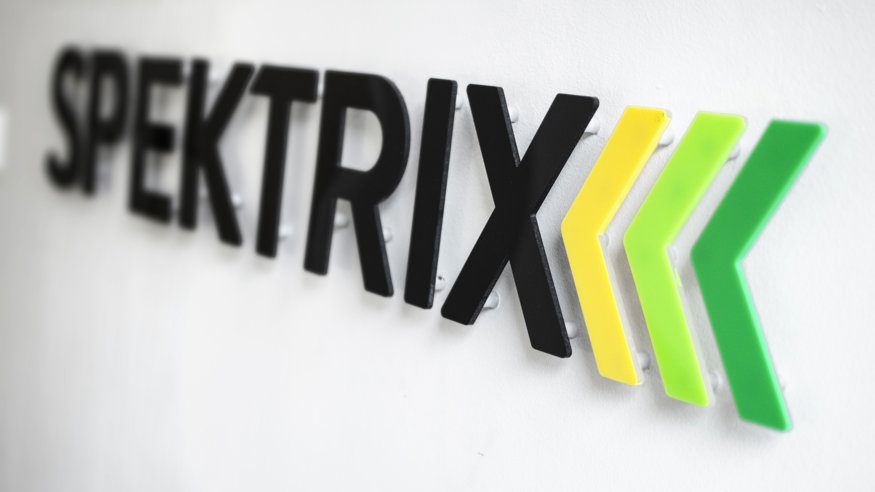
Spektrix: a beginner's guide
Utilised by a global user-base, Spektrix has become the market leader in back office and digital marketing systems, primarily within the arts industry. This blog explores what it is, who uses it and most importantly, how it could benefit your business.
Read more
Digital shouldn’t cost the earth!
As the effects of climate change become increasingly apparent and with 16i currently working towards B-Corp status, this blog piece looks at sustainability in the digital world and how we, as consumers can help to make a difference.
Read more